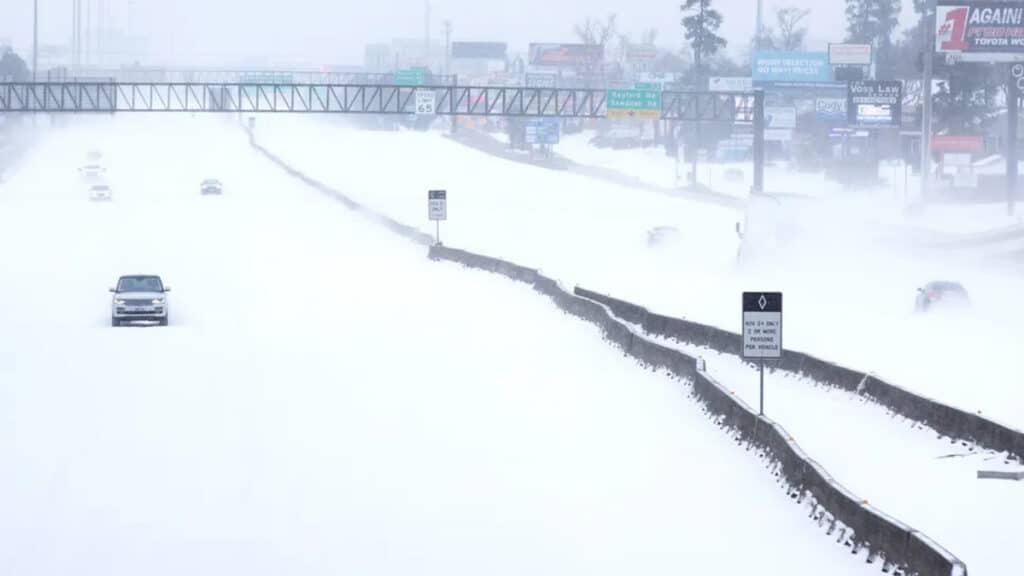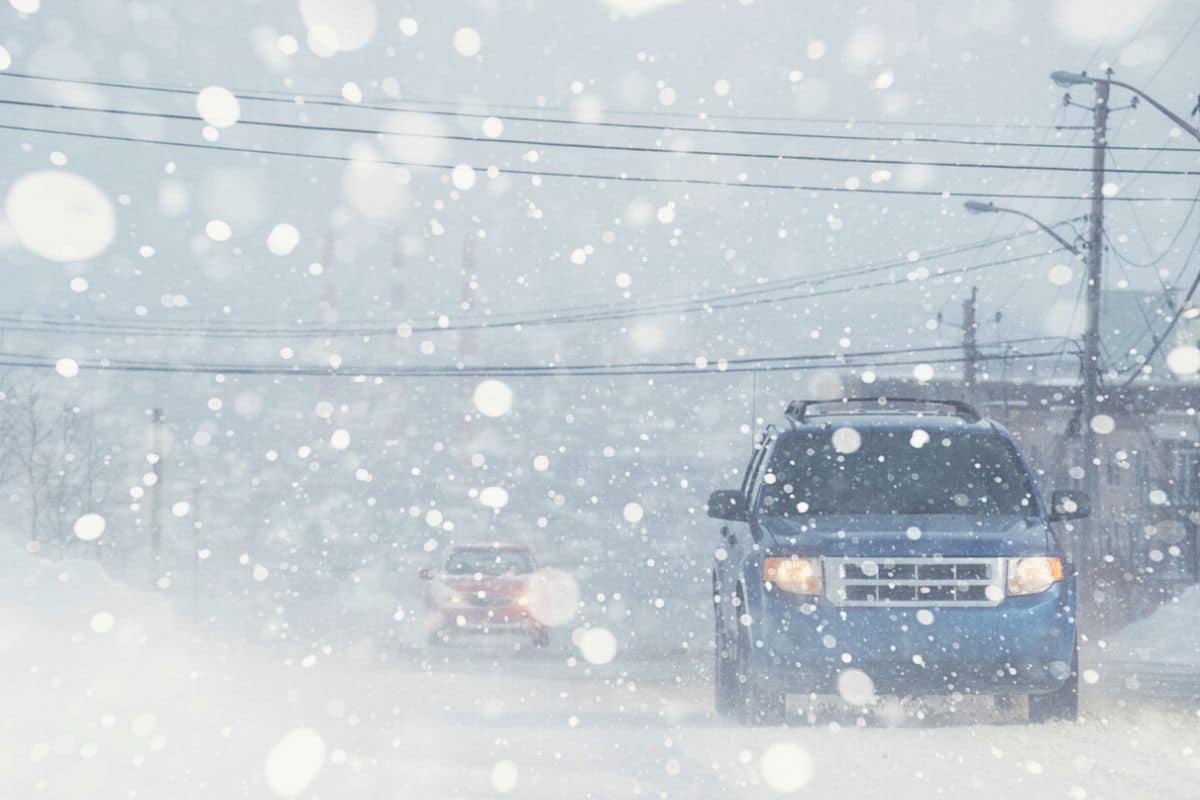Winters are warming overall—but that doesn’t mean they’re getting gentler. New research shows that changes in the polar vortex are sending blasts of Arctic air deeper into the U.S., creating the kind of extreme cold that crippled Texas and Oklahoma in 2021.
Cold extremes, even in a warming world
As the Arctic warms, the low-pressure system circling above it—the polar vortex—is becoming more unstable. When it stretches or wobbles, it pushes frigid air down into Canada and the U.S.
“In most cases of extreme cold and heavy snowfall, you’ll find these prolonged polar vortex disturbances,” said Judah Cohen, lead researcher and visiting scientist at MIT.

Snow covers I-45 near Woodlands Parkway, Texas, after the February 2021 snowfall. (Image credit: Brett Coomer/Houston Chronicle via Getty Images)
Cohen’s team studied satellite and weather data from 1980 to 2021 and found five distinct stratospheric patterns linked to these events. Two were clearly tied to cold spells across the U.S.
Typically, the vortex spins tightly around the pole. But when it stretches—like a figure skater extending an arm to balance—it can funnel cold air across entire regions.
Since 2015, one particular pattern that cools the Midwest and Plains has become more frequent, possibly linked to La Niña events. These multi-year oceanic shifts in the Pacific create colder waters and alter global weather systems.
Impacts on forecasting and infrastructure
Understanding these patterns could lead to more accurate forecasts two to six weeks out—exactly when current models struggle most. “This window is where prediction is weakest,” Cohen said.
That matters for energy, insurance, and emergency planning. If forecasters can better anticipate a vortex shift, cities could prepare for pipe bursts, surging demand, and other cold-weather chaos.
What comes next as Earth heats up?
Cohen and his team also looked ahead. Right now, atmospheric waves over Eurasia—driven by Arctic warming—are pushing the vortex off balance. Melting sea ice amplifies east-west temperature contrasts, strengthening the wave that disrupts the polar flow.
But if the sea ice disappears completely? The system could flip.
Instead of wild winter swings, we might see milder winters across much of the Northern Hemisphere.
“We could become more like the Southern Hemisphere, where polar vortex breakdowns are rare,” said Cohen. “That would likely mean warmer mid-latitudes and a colder Arctic.”


